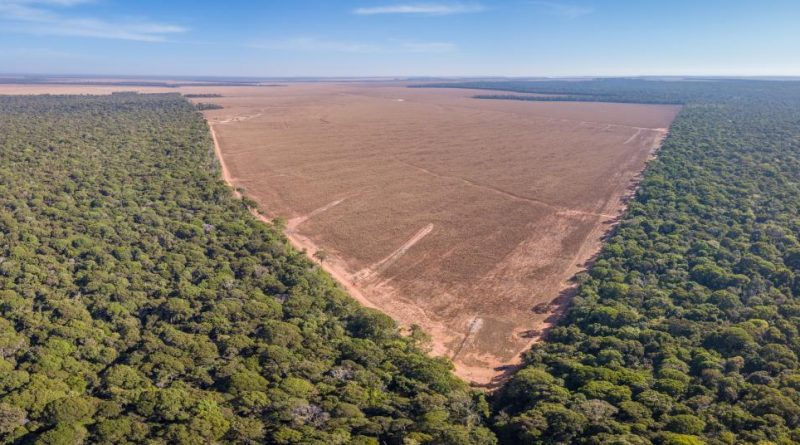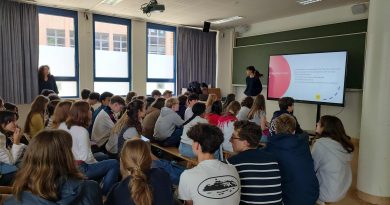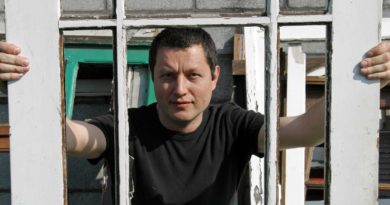Sustainable Development
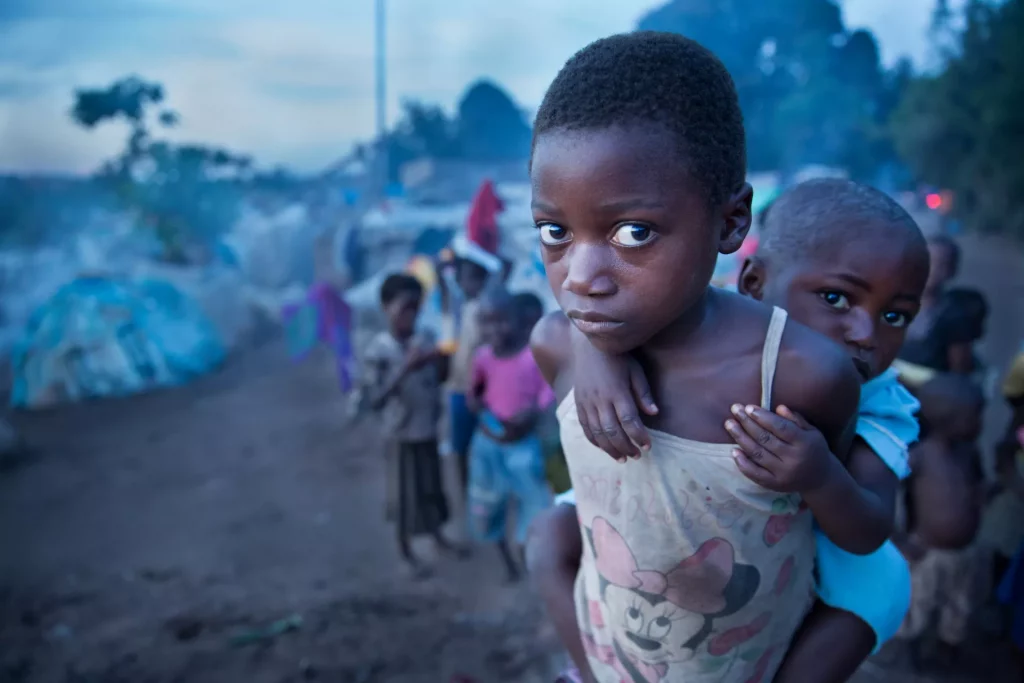
In 2015 The United Nations (UN) came together to set 17 Sustainable Development Goals (SDGs) with 160 targets to be achieved by 2030. Why did the UN set these 17 goals? They set them to respond to the urgent global challenges facing the world, such as poverty, inequality, climate change, environmental degradation, and injustice. Biodiversity is deeply connected to the Sustainable Development Goals, because the health of ecosystems and species directly affect human well-being, economic stability, and environmental resilience. Most of the SDGs directly tackle these problems. In this article, we will be taking a deeper look at the situation the world is facing nowadays, the UN goals to fight this and why it is so important.
Sustainable development can be split into three parts. Environmental, social and economic. For example, environmental is to stop climate change, social is to reduce inequalities and economic is global wealth and decent work. The United Nations has designed 17 sustainable development goals and 160 targets which should be met by 2030. Due to continuous conflicts, inequalities and climate change this is very optimistic. The United Nations stated that 30% of the 160 targets have either made no progress or gotten worse in some countries. Global temperatures are expected to increase to the tipping point of 1.5 degrees by 2035. As a consequence of deforestation, 100 million hectares were degraded between 2015 and 2019, the main driver being agricultural expansion which affected the lives of 1.3 billion people. All this affects our health and biodiversity negatively. According to the International Rescue Committee, 2.3 billion people will live in fragile, and conflict affected states by 2030. Currently, 152 million people are in need of humanitarian aid. All this evidence shows that we are even more in need of these goals.
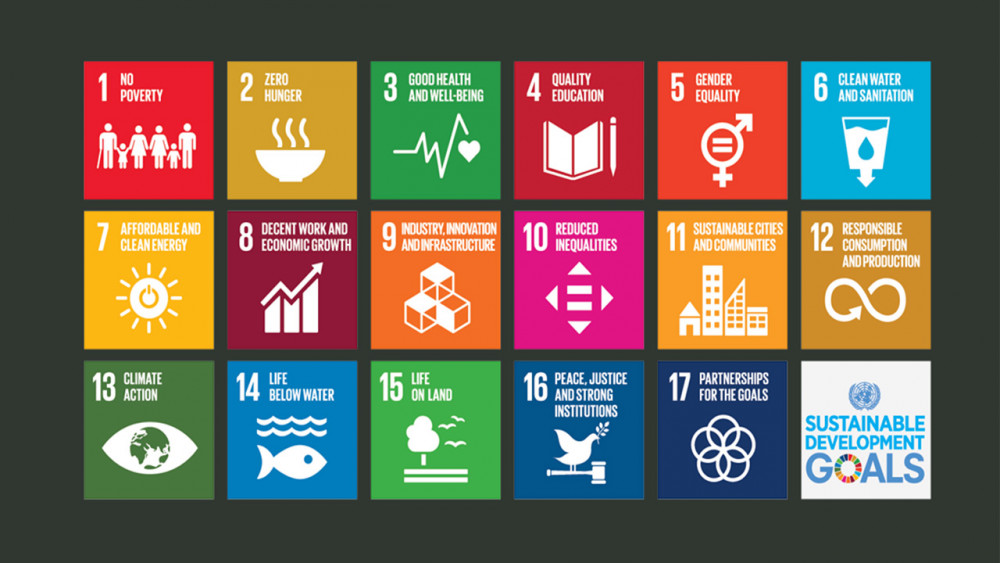
In conclusion, achieving the United Nations Sustainable Development Goals by 2030 comes with many obstacles. Some of the areas, on which the SDGs focus, are even worsening or not changing in the slightest. However, we can understand that the goals are very important, each and every one of them. There are many devastating consequences if they are not fulfilled. Some are already occurring. This means that the SDGs are as vital as ever and changes need to be made now. Achieving the goals will sustain better lives in the present and ensure a better future for the generations to come.
Sara Prieto Calviño, Teodora Rosmarus and Eliza Slavova / S3 / EEB1 Uccle

